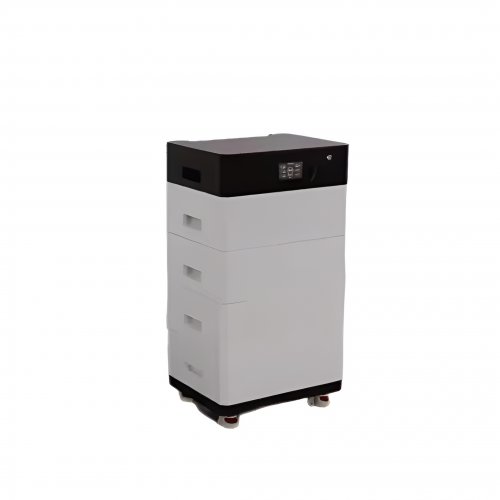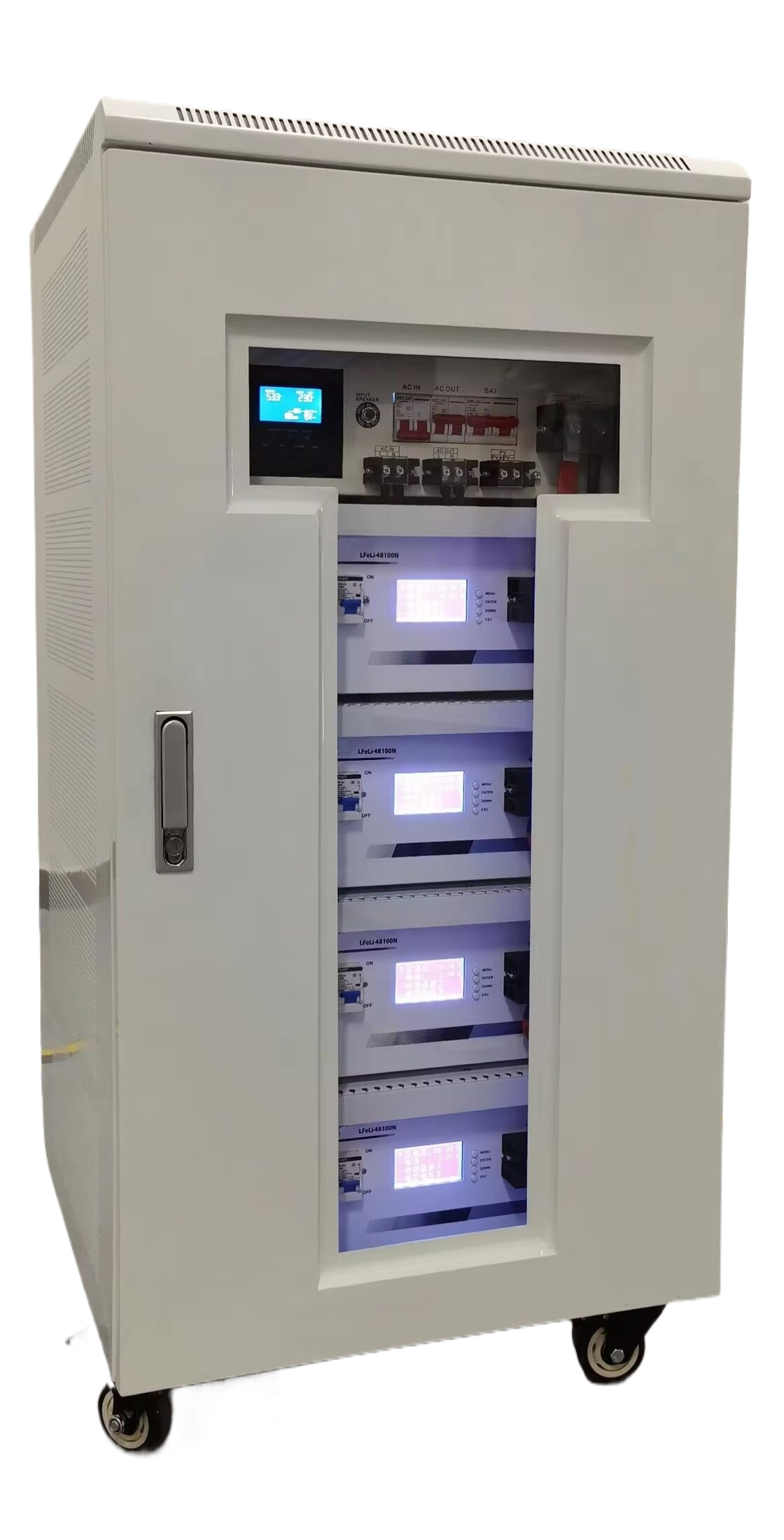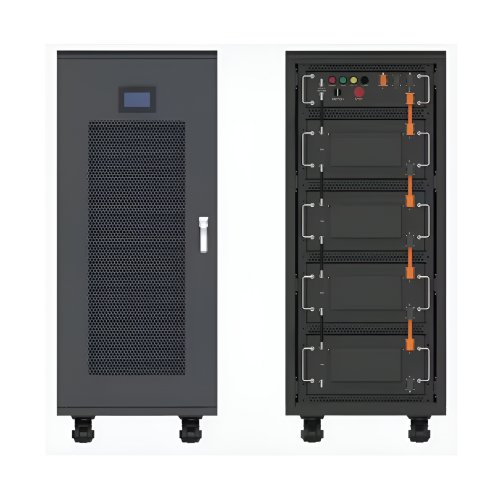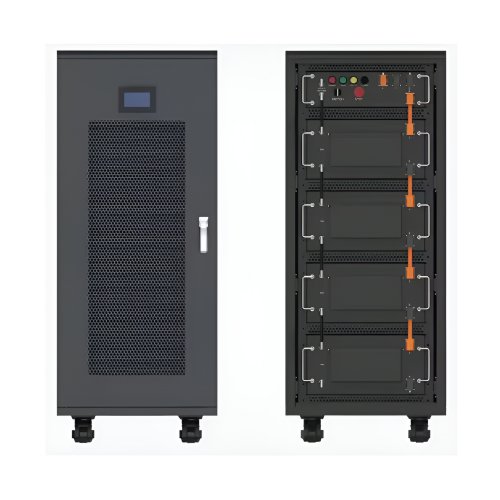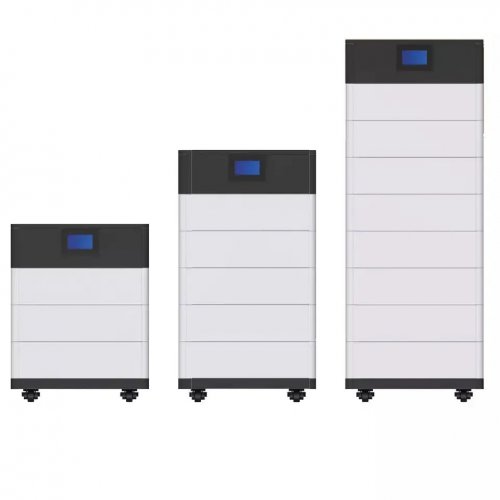How To Use Storage Recommendations: Optimizing Your Digital And Physical Storage Systems
Storage recommendations, whether for digital data or physical items, are systematic suggestions designed to help you maximize space, enhance accessibility, and ensure the longevity of your belongings. Effectively implementing these recommendations transforms chaotic closets and disorganized hard drives into streamlined, efficient systems. This guide provides a comprehensive framework for understanding, applying, and maintaining these recommendations for optimal results.
Before diving into specific steps, it's crucial to grasp the foundational principles behind all effective storage recommendations:
1. Categorization: Grouping like items together is the first step to logical organization. 2. Accessibility: The items you use most frequently should be the easiest to reach. 3. Efficiency: Maximizing the use of available vertical and horizontal space. 4. Protection: Choosing solutions that safeguard items from environmental damage like dust, moisture, heat, or digital corruption. 5. Sustainability: Implementing a system that is easy to maintain over time.
Follow this structured process to apply storage recommendations to any domain, from a garage to a cloud server.
Step 1: Audit and Declutter You cannot organize what you do not need. Begin by taking a full inventory.Physical Space: Empty the storage area completely. Handle each item and decide to keep, donate, recycle, or discard it. Be ruthless; if you haven't used it in a year, you likely don't need it.Digital Space: Use disk analysis tools (like TreeSize for Windows or DaisyDisk for Mac) to visualize what files are consuming the most space. Delete temporary files, duplicate photos, unused applications, and outdated downloads.
Step 2: Categorize Everything Sort your remaining items into logical categories.Physical: Group items by type (e.g., holiday decorations, sports equipment), by season (winter/summer clothes), or by frequency of use.Digital: Create a logical folder hierarchy. Broad categories like `Work`, `Personal`, `Projects`, and `Media` are a good start. Use clear, consistent naming conventions (e.g., `YYYY-MM-DD ProjectName`).
Step 3: Select the Right Storage Solutions This is where specific recommendations come into play. Match the solution to the category.Physical:For small items: Use clear, stackable bins with labels. Transparency eliminates the need to open every box.For clothes: Vacuum-seal bags are excellent for seasonal apparel, saving up to 75% of the space.For vertical space: Install shelving units and use wall-mounted hooks. Floor space is the most valuable; use it sparingly.For important documents: Use a fireproof and waterproof safe.Digital:For active projects: Use your computer's primary SSD drive for speed.For archives and large media: Invest in large-capacity external hard drives (HDDs) or a Network-Attached Storage (NAS) device for centralized access.For backup and critical files: Utilize the 3-2-1 Backup Rule: 3 total copies of your data, 2 of which are on different local media (e.g., computer + external drive), and 1 copy off-site (e.g., a cloud storage service like Backblaze, Google Drive, or Dropbox).
Step 4: Implement and Label Place your categorized items into their chosen storage solutions.Physical: Place frequently used items at waist-to-eye level. Store heavier items on lower shelves for safety. The most critical step: LABEL EVERYTHING. Use a label maker for clarity. Label the sides of bins, not just the tops, so you can see them when stacked.Digital: Move files into your new folder structure. Use descriptive file names. For photos, consider using software with facial or object recognition to auto-categorize them.
Step 5: Maintain the System Organization is not a one-time project but an ongoing process.Schedule a quarterly "organization refresh" to quickly declutter and reassess.Adopt a "one in, one out" rule. When you buy a new item, donate or discard an old one to prevent clutter from reaccumulating.For digital files, perform a quick clean-up at the end of each week.
Go Vertical: Often, the most underutilized space is vertical. Tall shelves, over-the-door organizers, and stackable bins dramatically increase capacity.Uniform Containers: Using storage bins of the same size and brand makes stacking easier and looks neater.Utilize "Dead" Space: Look under beds, sofas, and on top of cabinets for storage opportunities with low-profile containers.Digital Hygiene: Unsubscribe from newsletters you don't read. Regularly empty your computer's trash/recycle bin and clear browser caches.Automate Backups: Use your cloud service or backup software's scheduling feature to automate the backup process. Never rely on manual backups alone.Environmental Factors (Physical): Be mindful of what you store where. Avoid storing sensitive items like photos, important papers, or clothing in attics or basements that are prone to extreme temperature fluctuations, humidity, or pests. Use silica gel desiccant packs in bins to control moisture.Data Security (Digital): When using cloud storage recommendations, enable two-factor authentication (2FA) on your accounts. Encrypt sensitive files before uploading them to the cloud or storing them on an external drive.Weight Limits: Do not overload shelves or stack heavy boxes too high. This is a safety hazard and can damage both the storage unit and your items.Cost vs. Value: Don't invest in an elaborate storage system for items of low monetary or sentimental value. Sometimes, the best storage recommendation is to let an item go.By methodically applying these storage recommendations, you create a system that saves you time, reduces stress, and protects your valued possessions. The initial investment of effort pays continuous dividends in the form of a more orderly and efficient environment.
Customized/OEM/ODM Service
HomSolar Supports Lifepo4 battery pack customization/OEM/ODM service, welcome to contact us and tell us your needs.


HomSolar: Your One-stop LiFePO4 Battery Pack & ESS Solution Manufacturer
Our line of LiFePO4 (LFP) batteries offer a solution to demanding applications that require a lighter weight, longer life, and higher capacity battery. Features include advanced battery management systems (BMS), Bluetooth® communication and active intelligent monitoring.

Customised Lithium Iron Phosphate Battery Casing
ABS plastic housing, aluminium housing, stainless steel housing and iron housing are available, and can also be designed and customised according to your needs.

HomSolar Smart BMS
Intelligent Battery Management System for HomSolar Energy Storage System. Bluetooth, temperature sensor, LCD display, CAN interface, UART interface also available.


Terminals & Plugs Can Be Customized
A wide range of terminals and plugs can be customised to suit the application needs of your battery products.

Well-designed Solutions for Energy Storage Systems
We will design the perfect energy storage system solution according to your needs, so that you can easily solve the specific industry applications of battery products.



About Our Battery Cells
Our energy storage system products use brand new grade A LiFePO4 cells with a battery lifespan of more than 4,000 charge/discharge cycles.



Applications in Different Industries
We supply customized & OEM battery pack, assemble cells with wiring, fuse and plastic cover, all the cell wires connected to PCB plug or built BMS.
Applications: E-bike, Electric Scooter, Golf Carts, RV, Electric Wheelchair, Electric Tools, Robot Cleaner, Robot Sweeper, Solar Energy Storage System, Emergency Light, Solar Power Light, Medical Equipment, UPS Backup Power Supply.
We can provide you with customized services. We have the ability to provide a vertical supply chain, from single cells to pack/module and to a complete power solution with BMS, etc.


HomSolar (Shenzhen) Technology Co., Ltd







